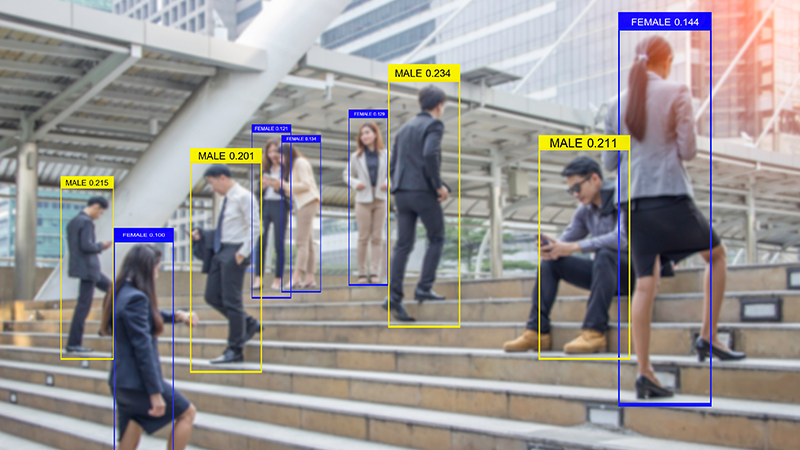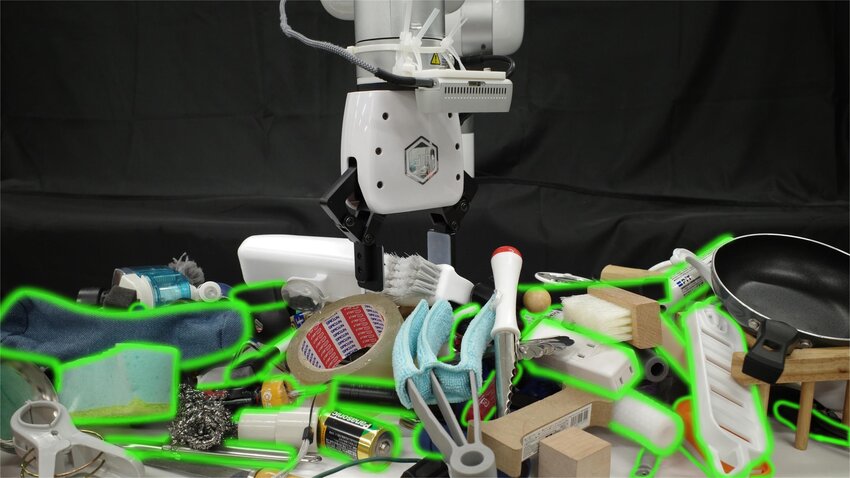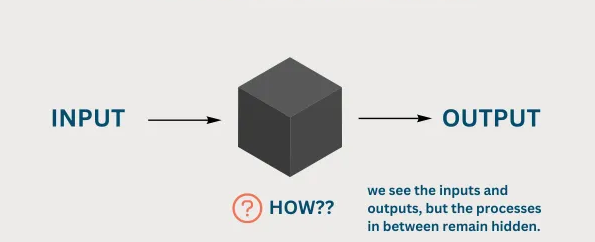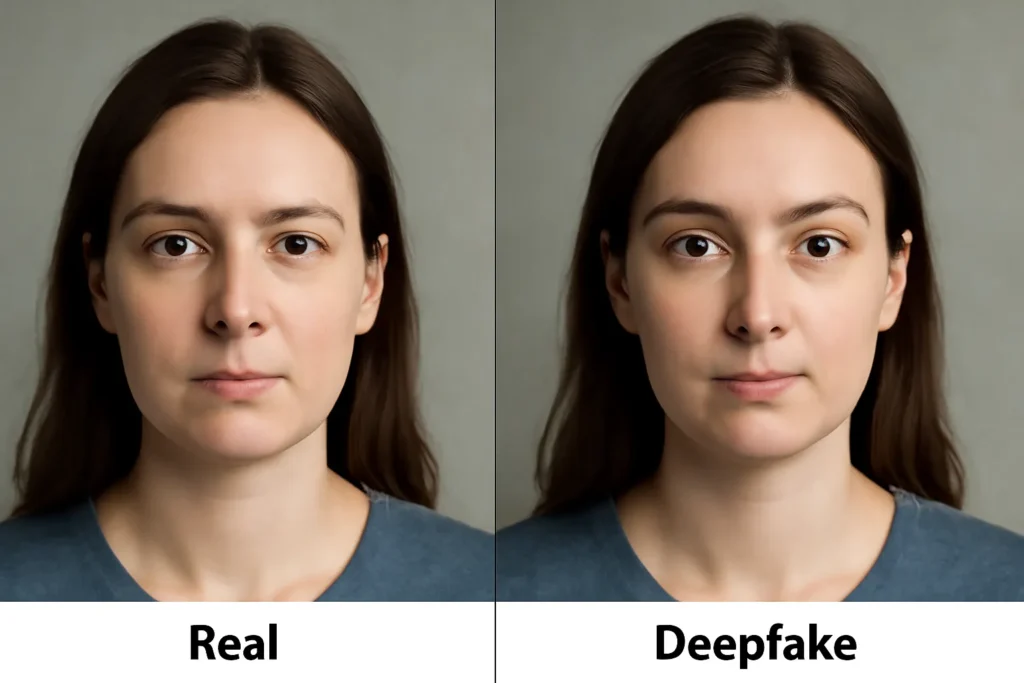In recent years, computer vision has rapidly emerged as a core pillar of artificial intelligence, leaving its mark across virtually every industry. From automating quality control to enabling advanced analytics, its influence is undeniable. However, with such powerful capabilities and fast-paced growth, significant challenges have also surfaced in its practical deployment.
In this article, we’ll explore the top 10 computer vision challenges and what they mean for building scalable, effective solutions.
Category 1: The Data Dilemma – Challenges in Fueling a Model
Challenge #1: The Scarcity of High-Quality Labeled Data
One of the most persistent Computer Vision Challenges is the lack of high-quality, labeled data. Accurate image recognition depends on vast, well-annotated datasets. In fields like healthcare or industrial inspection, obtaining such data is costly and time-consuming. Annotation accuracy is critical; mislabeled images can lead to poor model performance and unreliable risk assessments. Semi-supervised learning and synthetic data generation offer partial relief, but the data dilemma remains central to image recognition difficulties.

Challenge #2: Handling Data Imbalance
Data imbalance—where some classes are underrepresented—skews model predictions and increases dataset bias. For example, rare defects in manufacturing are often missed because the dataset is dominated by normal samples. This imbalance leads to unreliable detection of rare but critical events. Techniques like oversampling, data augmentation, and synthetic minority data generation are vital, but achieving a truly balanced dataset is still a major challenge.
Category 2: The “In-the-Wild” Problem – Challenges of the Real World
Challenge #3: Variations in Viewpoint, Scale, and Lighting
Real-world deployment exposes models to lighting variations, changing viewpoints, and scale variability. These factors can drastically alter object appearance, leading to image recognition difficulties. For instance, a product on a conveyor belt may look different under various lighting conditions or from different camera angles. Data augmentation, diverse training sets, and advanced preprocessing (like histogram equalization) help, but robust generalization across environments remains elusive.
Challenge #4: Occlusion and Clutter
Occlusion handling is a core technical hurdle—objects are often partially hidden or surrounded by clutter in real-world scenes. Computer vision in warehouse or surveillance, a person or package may be obscured, reducing detection accuracy. Solutions include multi-perspective detection, predictive reconstruction, and contextual scene understanding, but complete reliability is still out of reach.

Challenge #5: High Intra-Class Variation
Within a single class, such as different models of machinery or diverse packaging, there can be substantial variability. This high intra-class variation complicates classification and increases false positives and negatives. Deep learning architectures and metric learning help, but ensuring consistent performance across all variations is a continuing challenge.
Category 3: Model & Implementation Hurdles
Challenge #6: High Computational Cost
Modern computer vision models, especially those using deep neural networks, are computationally intensive. High computational cost limits real-time processing and scalability, particularly at the edge or in resource-constrained environments. Efficient model architectures, hardware acceleration, and pruning techniques are advancing, but the trade-off between speed, accuracy, and cost remains a pressing concern.
Challenge #7: The “Black Box” Problem & Explainable AI (XAI)
Complex computer vision models often lack transparency, making it difficult for stakeholders to trust or audit their decisions. The black box nature of deep learning is especially problematic in regulated sectors. Explainable AI (XAI) is evolving, offering tools to visualize and interpret model decisions, but full transparency and accountability are still developing.

Challenge #8: Ethical Challenges – Bias and Fairness
Bias in training data can result in discriminatory outcomes, undermining trust and compliance. Dataset bias and fairness are now central concerns in AI ethics. Regular audits, diverse datasets, and bias mitigation strategies are essential, but ensuring truly fair and unbiased models is a long-term challenge for the industry.
The Future Horizon: Emerging Computer Vision Challenges
Challenge #9: Adversarial Attacks
As computer vision systems become more prevalent, they are increasingly targeted by adversarial attacks—maliciously crafted inputs designed to fool models. These attacks can compromise security, safety, and trust in automated systems. Defenses like adversarial training and anomaly detection are being developed, but attackers are evolving just as quickly.
Challenge #10: Distinguishing Real vs. Fake (Generative AI & Deepfakes)
The rise of Generative AI and deepfakes introduces a new layer of risk. Distinguishing authentic images from manipulated ones is critical for fraud detection, compliance, and digital trust. Detection algorithms leveraging temporal inconsistencies and digital watermarking are emerging, but the arms race between forgers and defenders is ongoing.

Conclusion
Computer vision challenges in 2025 are complex and rapidly evolving, from data annotation hurdles to adversarial threats. Overcoming these obstacles demands a strategic, multifaceted approach, including robust data infrastructure, explainable and ethical AI practices, and scalable deployment models. For forward-thinking businesses, tackling these challenges is not just a necessity—it’s a pathway to innovation, market leadership, and sustainable digital transformation.
Stay ahead of the curve with the latest insights on Artificial Intelligence, Deep Learning, and Computer Vision—explore more at News Sky Solution!

